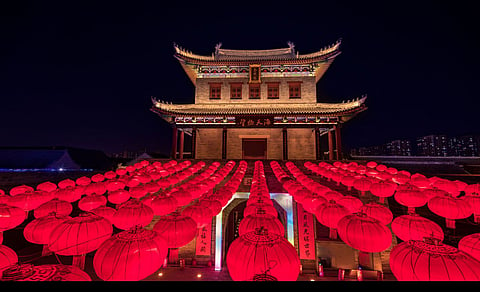

China’s new K-visa, created to attract science and technology professionals, is increasingly drawing the attention of Indian workers who once dreamed of settling in the United States. The initiative comes at a time when the American H-1B system—long the most sought-after route for Indian engineers and IT specialists—is becoming more restrictive, costly, and uncertain under Donald Trump’s tightened immigration framework.
For decades, the H-1B visa has served as the cornerstone of India’s global tech migration, enabling tens of thousands of skilled professionals to work in the US each year. That pathway, however, is now narrowing. Under the Trump administration’s proposed reforms, visa fees have risen steeply, employer scrutiny has intensified, and hybrid work arrangements are facing new restrictions.
The total application cost for an H-1B has climbed to over $1,600 per petition. The US Citizenship and Immigration Services (USCIS) has also increased the frequency of audits and rejections, creating uncertainty for both employers and applicants. Indian IT companies—responsible for nearly 70 percent of annual H-1B allocations—are now encountering delays and compliance hurdles that disrupt long-term staffing plans.
The growing disillusionment with the American system has prompted some Indians to explore alternatives—China’s K-visa among them. The new policy seeks to bring in talent for emerging industries such as artificial intelligence, robotics, and semiconductor design, areas where Beijing is pouring massive state investments.
Indian IT professionals who previously viewed the US as their only realistic destination are now beginning to assess China’s potential. Many believe that the rising costs and restrictions of the H-1B programme have made China’s offering worth a closer look.
Similarly, Indian students studying in Chinese universities have observed a shift in attitudes. Those who once planned their careers around the American dream are beginning to see the K-visa as a possible alternative. Immigration advisers in China confirm that they are receiving more enquiries from Indian and Southeast Asian professionals curious about how the scheme works.
The K-visa differs from China’s previous R-visa, which was reserved for high-level experts with confirmed job offers. The new system is designed to be more flexible—applicants do not need an employment contract before applying, and the approval process is meant to be faster for those in targeted high-tech sectors. Beijing hopes the K-visa will help establish China as a global centre for technological innovation at a time when Western countries are tightening immigration pathways.
Analysts suggest that China’s leadership sees a strategic opportunity in the US clampdown. By easing entry for skilled workers, Beijing aims to present itself as an open, globally connected hub for foreign professionals and investors.
Experts on global mobility argue that, for now, the US remains the more attractive destination for skilled professionals. The dominance of English, an open business environment, and the long-term possibility of citizenship remain decisive advantages that China cannot yet match.
Even so, Beijing’s timing could subtly alter global migration patterns. As Washington’s immigration system becomes more cumbersome and expensive, Indian professionals may increasingly consider new destinations—not only Canada and Europe, which already have friendlier visa regimes, but also China, which is now signalling a willingness to compete for global talent.
Whether the K-visa can truly position China as the next hub for foreign professionals remains uncertain. Yet for many Indian tech workers disillusioned by the American gridlock, the idea of turning East instead of West is beginning to sound less far-fetched than ever before.